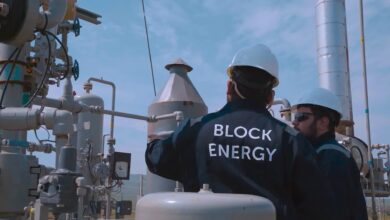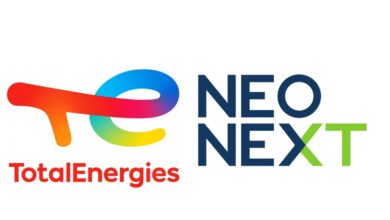OSRL adds new transport skid for Singapore capping stack
OSRL has announced the order for a second AN-124 aircraft transport skid with L+M AG for the Singapore-located capping stack to further enhance the air freight capabilities of the Subsea Well Intervention Service (SWIS).
The new AN-124 air transport skid will be available to the OSRL SWIS subscribers in Q4 2019 and will supplement the existing skid located in Stavanger, Norway, which was introduced to the service in August 2018 where a demonstration flight was performed as part of a large-scale exercise from Stavanger, SOLA airport.
The combined capping stack and air freight skid design was verified for air transportation by Antonov and Volga Dnepr Airline’s technical departments, confirming that the cargo can be airlifted in both AN-124-100 and AN-124-100M-150 variants, as well as the AN-225.
“We are focused and committed to increasing the capabilities of the SWIS service to meet our subscribers subsea source control planning and response requirements,” Andy Myers, OSRL SWIS Director, said. “Introducing the additional air freight capability for our Singapore capping stack adds to mobilization options for our subscribers not just in APAC, but enhances our global response coverage bench strength.”
“The logistics requirements for air freight of our capping stacks are well understood and have been demonstrated through physical exercise with a demonstration flight (Norway 2018),” Mr Myers said. “We work closely with strategic partners Chapman Freeborn to continually monitor availability, location and status of the AN-124 and AN-225 airframes that are capable of transporting our capping stacks. AN-124 and AN-225 aircraft do not rely on airport main deck loader equipment for loading and unloading operations. Heavy load ramp systems are utilized under the control of the aircraft providers and are staged globally to meet aircraft operations. This provides confidence in our enhanced airfreight mobilization option.”




